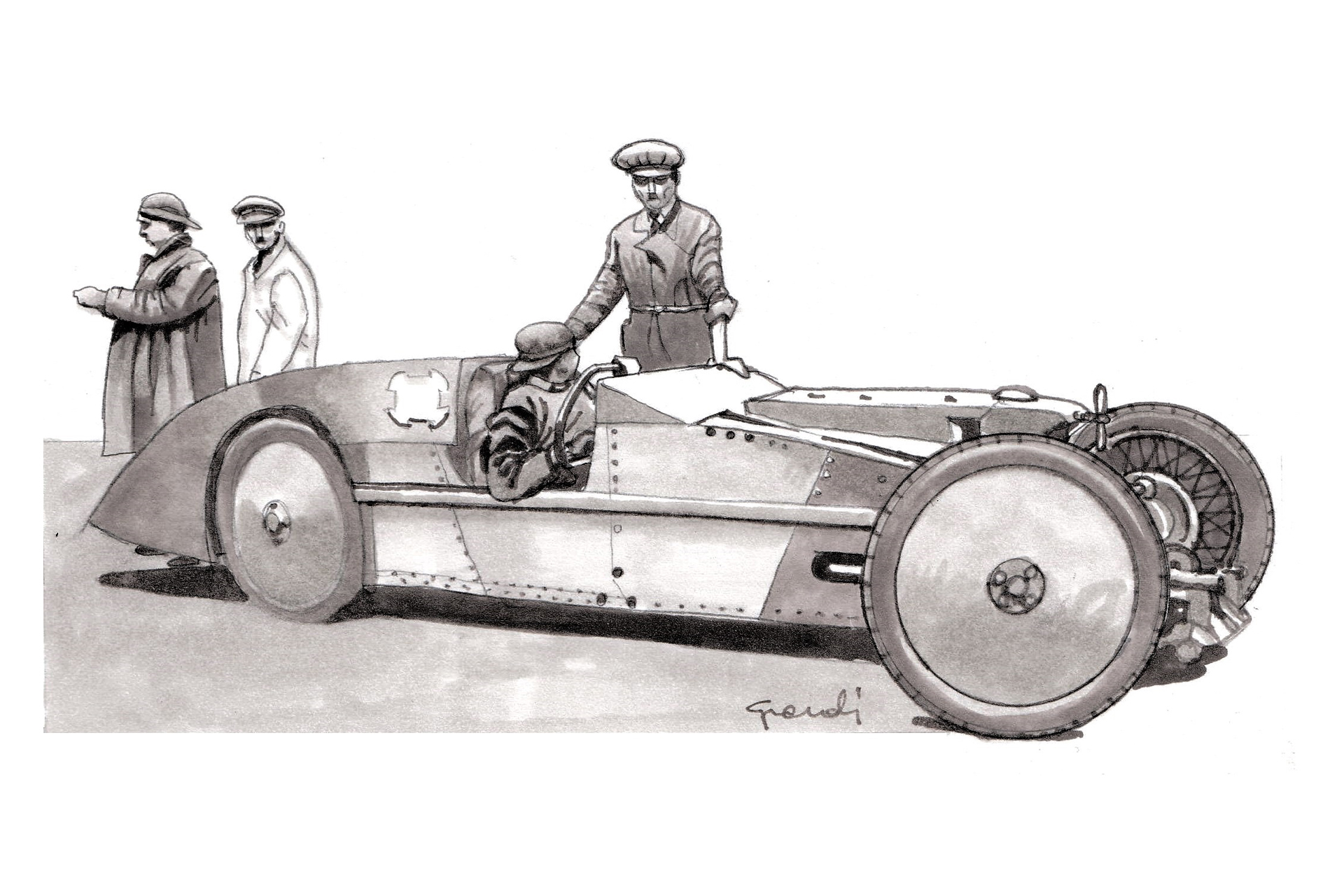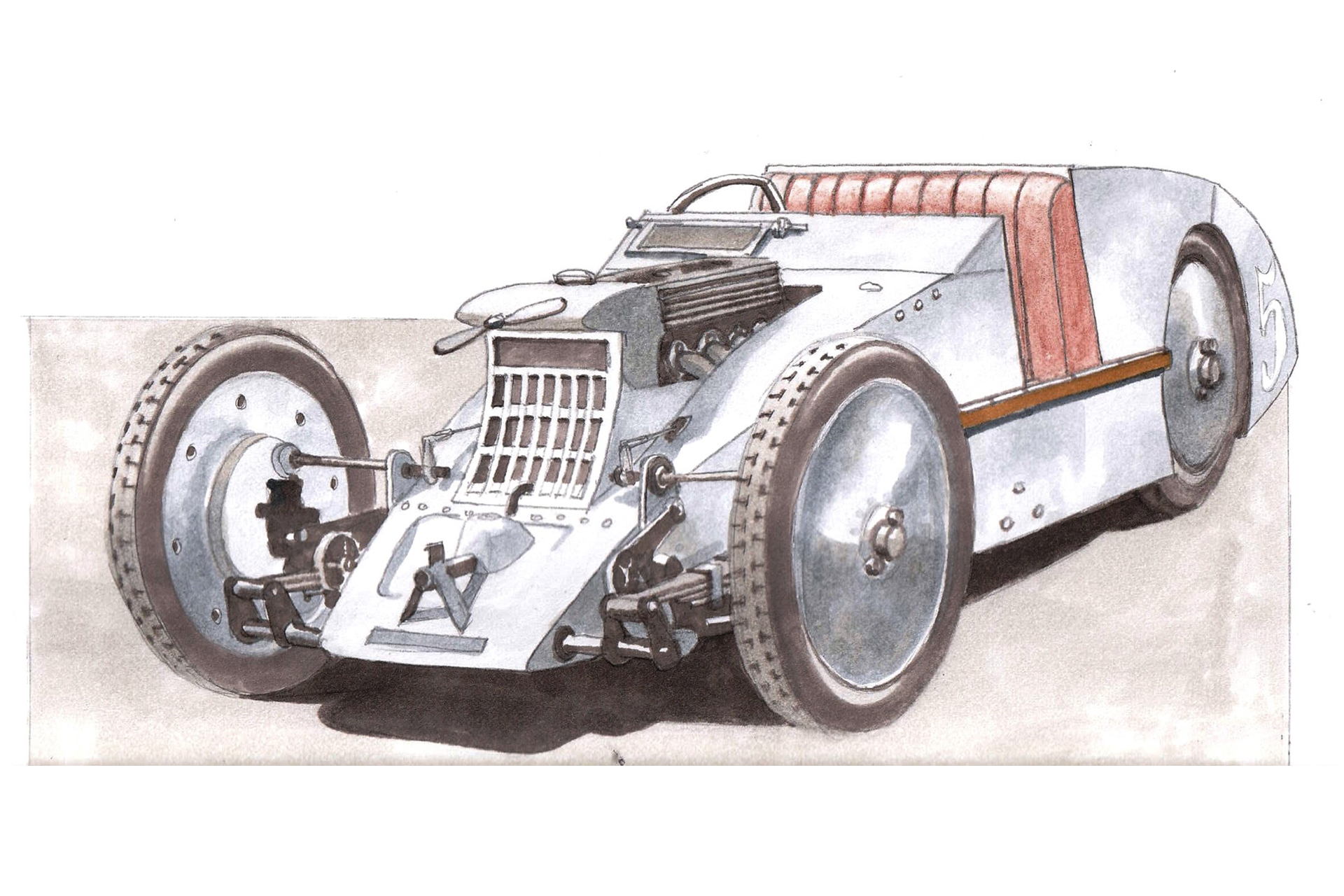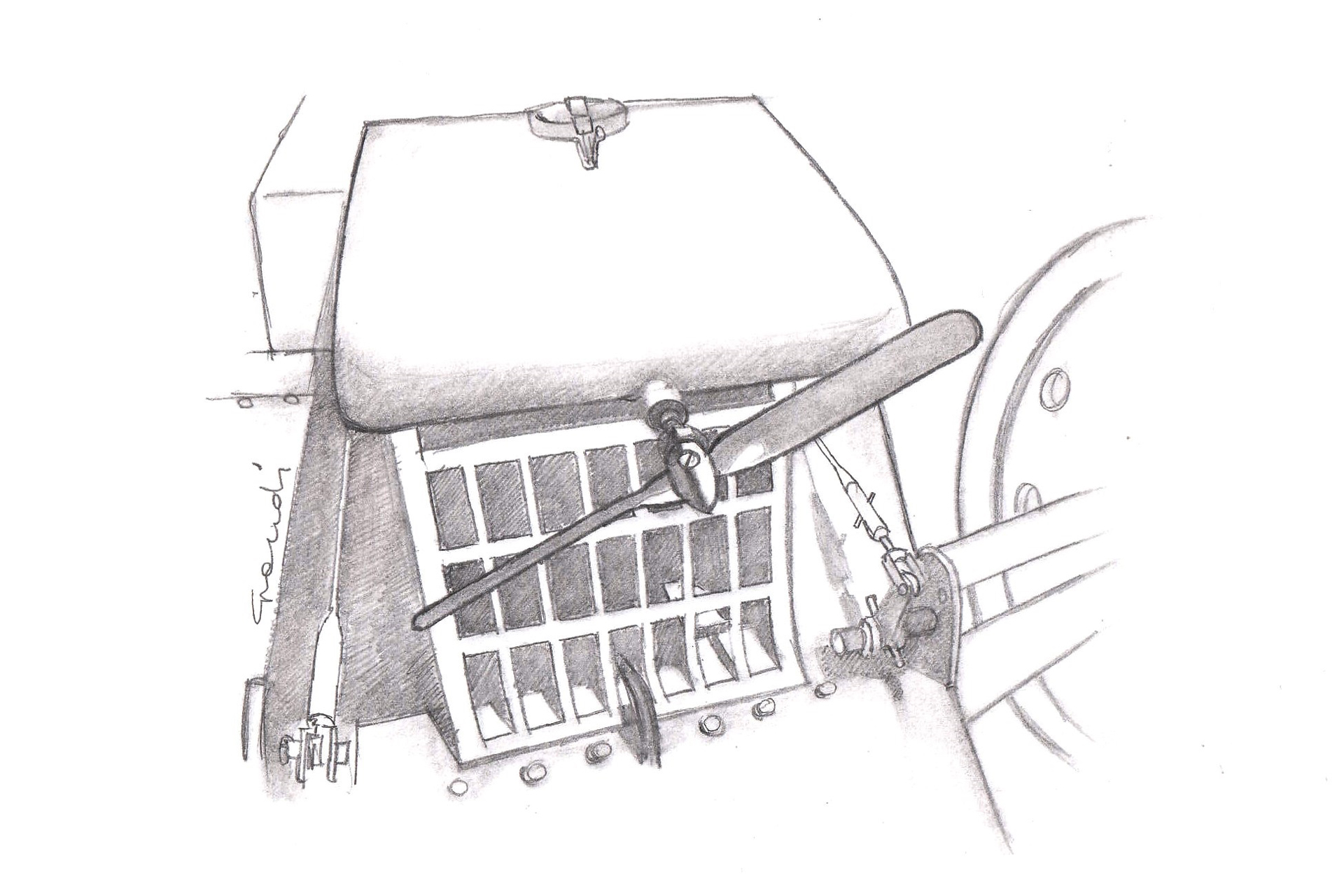1923. A war child: the Voisin C6 Laboratoire
With the valuable support of Prof. Massimo Grandi’s depth of knowledge and illustrative talent
Photo credit: Some images are taken from the book Asi Service "Quando le disegnava il vento" by Massimo Grandi
Gabriel Voisin made his name and fortune building airplanes during World War I. These were highly innovative planes, being built entirely in aluminum, and not with canvas for the wings and fuselage like others of the time. Keen to exploit his experience with light alloys, after the war, Voisin was drawn to the automobile market. There he found a tough rival in Ettore Bugatti, whose splendid cars boasted performance levels that more than matched their esthetic appeal.

So, what greater challenge could there be for Voisin than to take on his already famous rival in a Gran Prix race? We are talking about the 1923 Gran Prix of Tours. Knowing that Bugatti was getting ready to unveil a car that would be revolutionary, both in content and style, Voisin responded in kind. He built an aluminum monocoque chassis with a closed and completely flat bottom — in Formula 1 racing, this idea finally came to fruition half a century later — and a long, tapered tail for greater aerodynamic efficiency. In line with the principle that cars should be teardrop shaped, the rear track was narrower than the front, and the wheels were flush with the body and had perfectly smooth rims.

The simple, modern lines of the tail were in complete contrast with the extravagant front, where the absence of fairing left the car’s overhanging 6-cylinder inline engine, actually not that powerful (just 80HP), exposed. One great feature is the air-driven propeller, rather like a child’s windmill, designed to power the radiator water cooling pump. This car was ingenious, lightweight (just 660 kg), and fragile: of the four that were entered, three broke down and had to pull out. The only car that finished took fifth place.

But the brilliant Voisin was not disheartened: he continued to create futuristic aerodynamic cars until 1938, although he was thwarted somewhat by his insistence on using engines with moving sleeves and no valves, which were less efficient than those with springs and valves.
